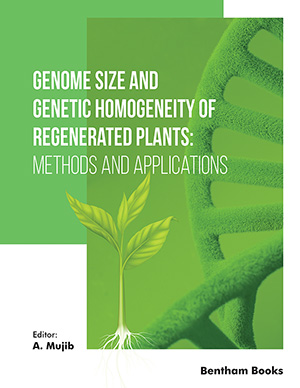Abstract
The study of somaclonal variation is a growing research area that has
allowed to identify several biological processes involved in genetic instability during
plant tissue culture. These changes may be undesirable during the micropropagation of
elite plants or desirable during plant breeding programs. There are different molecular
techniques that allow to analyze this somaclonal variation. Due to the progress that has
been made in the manipulation and analysis of DNA, the number of molecular markers
has increased to achieve this objective. These methods have been increasing in number,
while some of them have been widely used since their development [simple sequence
repeat (SSR), inter simple sequence repeats (ISSRs), amplified fragment length
polymorphism (AFLP), and random amplified polymorphic DNA (RAPD)], others,
such as retrotransposon amplification, SSR-markers derived from expressed sequence
tags, targeted region amplification polymorphism (TRAP), transcribed sequences
(RNAseq). Whole genome sequencing is increasing their use and they complement
each other by providing more information, allowing to link genetic markers with
specific phenotypes in somaclonal variants. The aim of this chapter is to highlight the
methodology of the most commonly used molecular markers to assess somaclonal
variation during plant tissue culture.
Keywords: Micropropagation, Somaclonal variation, Molecular marker.






















